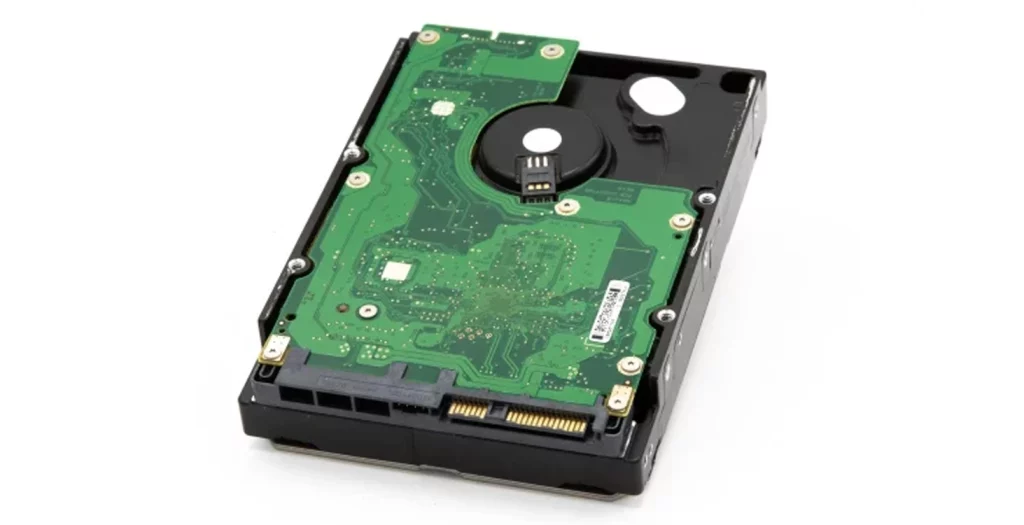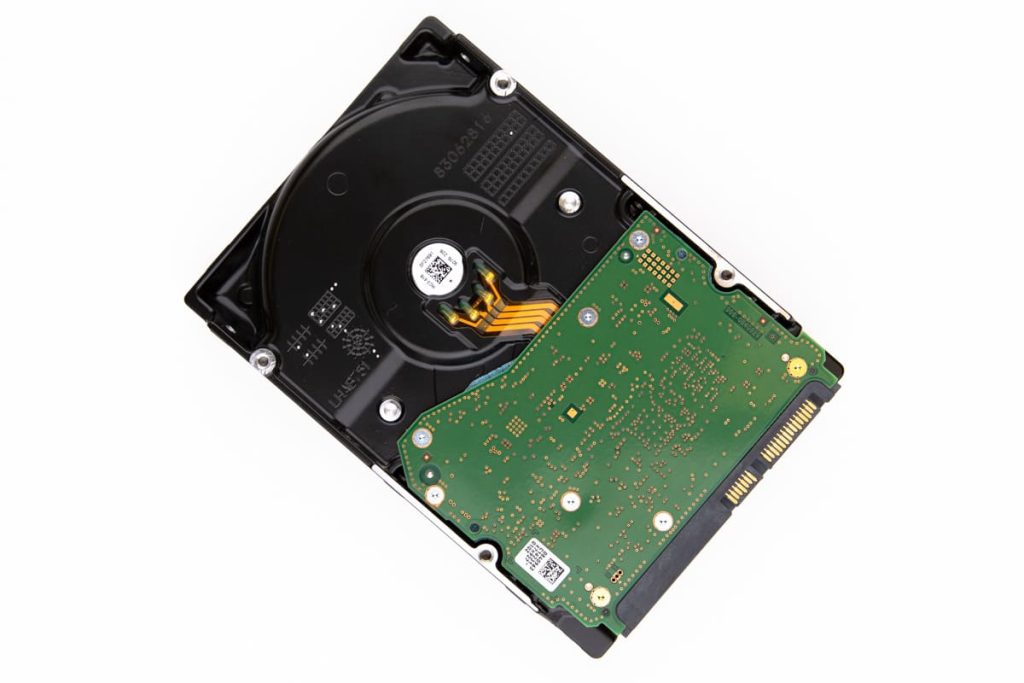Data recovery from an overheating hard drive is a common issue many Western Digital users face. Overheating can lead to various problems, including data corruption, mechanical failure, and total data loss. In this article, we will delve into the causes of hard drive overheating, the warning signs to look for, and the steps you can take to recover your data from an overheating Western Digital hard drive.
Causes of WD Hard Drive Overheating
An overheating Western digital hard drive is a frequent problem stemming from various underlying factors. Knowing these root causes is crucial for implementing preventive steps and safeguarding your valuable information. Below are some of the primary reasons why a hard drive may overheat:

Hardware Issues
a. Inadequate Cooling: It is the most common cause of hard disk drive overheating. If your computer’s cooling system is not functioning properly, then the heat generated by the WD hard drive can not dissipate efficiently.
Over time, this can lead to overheating, damaging both your hard disk drive and the data stored on it.
b. High Ambient Temperature: If the environment around your computer is too hot, it can cause your WD hard drive to overheat. This is especially common in regions with warm climates or during the summer months. To prevent this, ensure that your computer is in a well-ventilated area and avoid blocking air vents.
c. Mechanical Failure: A mechanical failure within the hard drive can cause overheating. Hard drives have moving parts, and if any of these components fail or become misaligned, it can lead to excessive friction and heat generation. Regular maintenance and timely replacement of old hard drives can help prevent this issue.
Software Issues
a. High CPU Usage: If your computer’s processor is constantly running at a high level, it can generate a lot of heat. Running it at that level can lead to hard drive overheating. In this case, close unnecessary background applications to reduce CPU usage and subsequently lower the temperature inside your computer.
b. Malware: Certain types of malware infections can cause your hard drive to overheat by forcing it to work harder than normal. Malware often runs hidden processes that consume system resources, leading to increased heat generation. Ensure you have reliable antivirus software installed and regularly scan your system for malware to prevent such issues.
Signs of an Overheating Western Digital Hard Drive
It is important to be aware of the warning signs of overheating in order to take necessary action and prevent further problems. Here are some signs that your WD hard drive may be overheating:
- Frequent System Crashes. If you experience frequent crashes or freezing of your computer, it may indicate that the hard drive is overheating. These crashes can be abrupt and disruptive, often leading to data loss and potential hardware damage. Pay attention to any error messages indicating hardware issues.
- Slow Performance. Overheating can cause your hard drive to slow down, leading to sluggish overall system performance. If you notice an unexpected decrease in system speed, check your hard drive’s temperature. Sluggish performance can be particularly frustrating when you’re trying to work or play games, and it may lead to lost productivity and user dissatisfaction.
- Unusual Noises. If you notice clicking, grinding, or whirring sounds emanating from your Western Digital hard drive, it may indicate overheating. These noises can be an early warning sign of mechanical problems due to excessive heat. It’s essential to take these sounds seriously, back up your data immediately, and seek professional assistance to prevent further damage.
- File Corruption. Overheating can cause data corruption. If you find that files are becoming corrupted or displaying errors when you try to access them, it’s a clear indicator of an overheating issue. Data corruption can result in the loss of critical files and potentially render them irreparable.

Data Recovery from an Overheating WD Hard Drive
As mentioned earlier, an overheating hard drive can lead to data corruption, mechanical failure, and even total data loss. Quickly responding and following proper steps for data recovery from an overheating Western Digital hard drive is crucial. Here is a more detailed guide:
Turn off Your Computer
To prevent further damage to your hard drive, turn off your computer immediately if you suspect it is overheating. Allowing it to cool down is the first step in mitigating the potential damage.
Extract Your WD Hard Drive
After turning off your computer, you should extract the hard drive without causing any additional harm. Use an anti-static wrist strap to discharge any static electricity, and follow a complete “hard drive removal” guide to learn how to take off your hard drive properly. This step ensures that you minimize the risk of further damage when handling the hardware.
Contact a Professional
If you suspect physical damage to the WD drive or if you are unable to recover data on your own, you should seek assistance from a professional data recovery service. These experts have the expertise and specialized tools to handle complex recovery situations, and they can often recover data that may be otherwise unrecoverable.
Your data is a valuable asset, and losing it due to an overheating hard drive can be a distressing experience. Understanding the causes and signs of hard drive overheating is the first step in safeguarding your data. By being proactive in monitoring your computer’s temperature, maintaining proper cooling, and taking necessary precautions, you can significantly reduce the risk of data loss due to overheating.
In the event of an overheating hard drive, it is essential to act swiftly and follow the appropriate steps for data recovery. Whether you choose to seek professional assistance or attempt recovery on your own, ensuring the safety of your data should be a top priority.
Remember that prevention is key. Regularly conduct data backups, keep your system clean, and be vigilant about the health of your hard drive. By doing so, you can shield your valuable files from the risks associated with an overheating Western Digital hard drive and maintain peace of mind knowing that your data is secure.
Frequently Asked Questions
What happens if your hard drive overheats?
When a hard drive overheats, it poses the risk of data corruption, mechanical failure, and even complete data loss. Excessive heat can cause harm to delicate components, rendering the drive inaccessible or prone to malfunction. Ensuring proper cooling measures is crucial to prevent these issues and safeguard your data.
How do I cool my hard drive?
If you want to keep your hard drive cool, ensuring your computer’s cooling system works properly is important. And it should be devoid of dust, ensuring cleanliness and purity.
Additionally, it’s a good idea to keep your computer in a well-ventilated area with plenty of space around it. Consider using external cooling solutions such as laptop cooling pads or external fans.
What temp does HDD overheat?
It’s important to note that hard drives have specific temperature ranges designed to operate within. Typically, temperatures above 122-131°F (50-55°C) are high for consideration. And prolonged exposure to these temperatures can result in overheating.
How to know if HDD has damage?
Signs of HDD damage include strange sounds (clicking or grinding), frequent system crashes, slow performance, or unrecognized by the computer. Seek professional help for data recovery or drive diagnosis.


